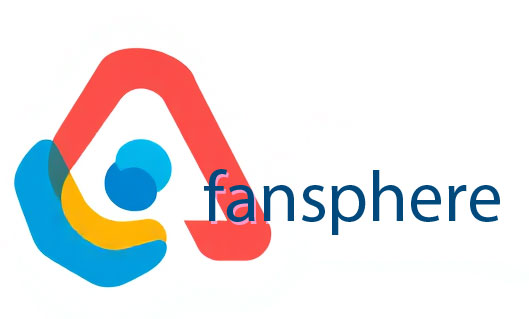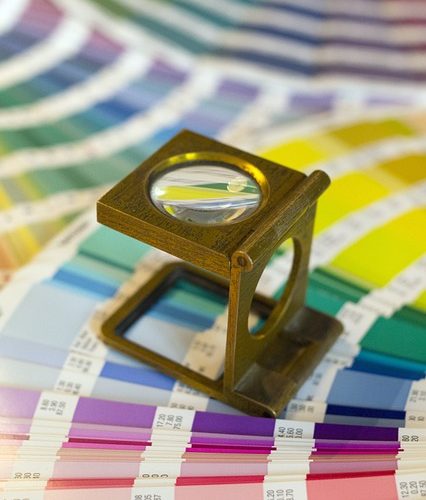Before the printing press, books were painstakingly copied by hand, a labor-intensive process that made them both expensive and scarce. Think about it: how would the masses ever access knowledge when scribes took months to churn out just a single tome? Gutenberg’s invention brought forth a revolution, allowing for the rapid production of printed materials. With the press, a single sheet of paper could be transformed into multiple copies in a fraction of the time. It was like opening the floodgates of knowledge!
As people started to read more, their minds began to awaken. The printing press democratized information, making it available to all, not just the privileged few. New ideas spread like wildfire! Literacy rates soared as folks learned to read, discuss, and even debate controversial topics—a spark that ignited movements like the Reformation. Can you imagine a world where Martin Luther’s 95 Theses could go viral in a matter of days? That’s the kind of impact we’re talking about.
The Invention of Movable Type
So, what exactly is movable type? Picture this: individual letters made from metal that could be arranged and rearranged to create words and sentences. It was like having your own customizable Lego set, but instead of building a castle or spaceship, you could print entire pages of text! Before Gutenberg, if you wanted a book, you had to find a scribe who would dedicate hours to copying texts by hand. With movable type, books could be produced faster and cheaper, opening up a floodgate of information and ideas.
And let’s not forget the impact on society. This invention was akin to the first spark of a wildfire. Suddenly, knowledge was no longer locked away in the hands of the elite. The average Joe could now afford books, leading to a surge in literacy and enlightenment. It paved the way for the Renaissance and sparked revolutions in thought, science, and art.

Imagine how different our world would be without movable type. We wouldn’t have libraries brimming with knowledge, and who knows if social movements like the Reformation would have gained the momentum they did. Gutenberg didn’t just invent a printing method; he ignited a revolution that transformed communication and continues to shape our world today. Isn’t that incredible?
Its Impact on Education and Communication
When it comes to education, technology has flipped the traditional classroom on its head. Gone are the days when students were merely passive listeners. Now, they’re active participants, engaging in interactive lessons and online discussions. Think about it: instead of boring textbooks, learners can dive into video tutorials, interactive quizzes, and even virtual reality experiences that make history come alive! It’s incredibly engaging and opens up learning to different styles, so everyone can find their groove.
In terms of communication, technology has made it feel like we’re all in the same room, no matter how far apart we actually are. Remember writing long letters that took ages to get to their destination? Now, we can shoot off an email or even video chat in real-time, breaking down barriers and bridging gaps. Social media has become a powerful tool for teachers and students alike, allowing for collaboration and discussion that transcends geographical boundaries. It’s like having a classroom that stretches across continents!
























Add comment